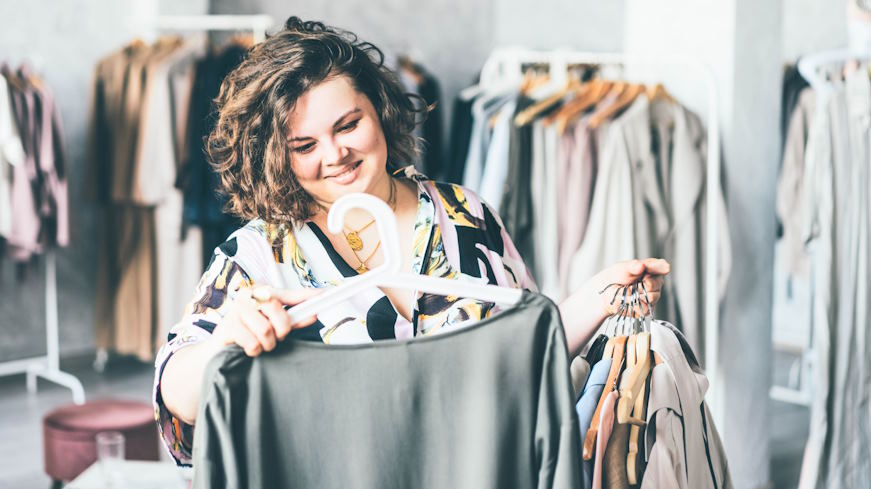The days of a homogeneous and narrow definition of beauty are fading into the past, giving way to a vibrant tapestry that embraces diversity in all its forms. As society becomes more aware of the importance of representation, fashion designers are rising to the occasion by crafting creations that celebrate inclusivity.
The Evolution of Inclusivity in Fashion
Throughout history, the fashion industry often echoed societal biases and norms, reinforcing unattainable standards of beauty that excluded a vast majority of individuals. However, the tide began to turn as movements for social justice gained momentum. In recent years, fashion has been at the forefront of change, thanks to trailblazing designers, models, and activists who have demanded and showcased a more inclusive representation. The journey towards diversity has been marked by milestones such as the rise of plus-size models, the push for more diverse runway shows, and campaigns advocating for models of varying ages, genders, ethnicities, and abilities.

The Power of Representation
The adage “seeing is believing” holds true in the world of fashion as well. When individuals see themselves represented on runways, in advertisements, and in fashion media, it empowers them with a sense of belonging and self-acceptance. Inclusive fashion campaigns and runway shows have had a profound impact on boosting self-esteem and encouraging people to embrace their unique identities. Brands like Fenty Beauty by Rihanna and Savage x Fenty lingerie line have showcased the transformative potential of celebrating diverse body types and skin tones.
Challenges and Opportunities
While the shift towards inclusivity is a positive step, it’s not without its challenges. Designers often grapple with the need to break free from traditional norms and reimagine their creative processes. However, this paradigm shift comes with exciting opportunities, including tapping into new and diverse markets, increasing brand loyalty, and fostering a more inclusive brand image. Moreover, designers must navigate the fine line between cultural appreciation and appropriation, ensuring that they respect and acknowledge the origins of their inspirations.
Inclusive Design Principles
Incorporating inclusivity into fashion design requires intentional effort. Designers must prioritize offering a wide range of sizes, styles, and color options to cater to diverse customer needs. Furthermore, fostering diverse representation within design teams and decision-making processes is crucial to create fashion that resonates with a broad spectrum of individuals. By embracing these principles, designers can ensure that their creations are accessible and appealing to everyone.

Innovation in Inclusive Fashion
Innovation and technology have played a pivotal role in advancing inclusivity in fashion. 3D printing, for instance, allows for custom-fit clothing that caters to various body types. Adaptive clothing, designed for individuals with disabilities, showcases how fashion can blend functionality with style. Sustainable materials also contribute to inclusivity by considering the environmental impact of fashion choices. Brands like Chromat have harnessed technology to redefine the possibilities of inclusive fashion.
Breaking Stereotypes and Redefining Beauty
Inclusive fashion has the power to challenge deeply ingrained stereotypes and redefine the concept of beauty. As designers celebrate unique characteristics and bodies, they shatter traditional norms and pave the way for a more authentic perception of beauty. Stories of individuals finding confidence through fashion that aligns with their identities underscore the transformative potential of inclusive designs. Social media platforms further amplify these messages, democratizing beauty standards and inspiring a global movement towards self-love.
Fashion as a Tool for Social Change
Beyond its aesthetic allure, fashion has become a potent tool for addressing social issues. Inclusive fashion campaigns tackle topics such as gender equality, body positivity, and racial representation head-on. By leveraging their influence, fashion brands can contribute to the broader discourse on these crucial matters, fostering awareness and inspiring meaningful conversations.
